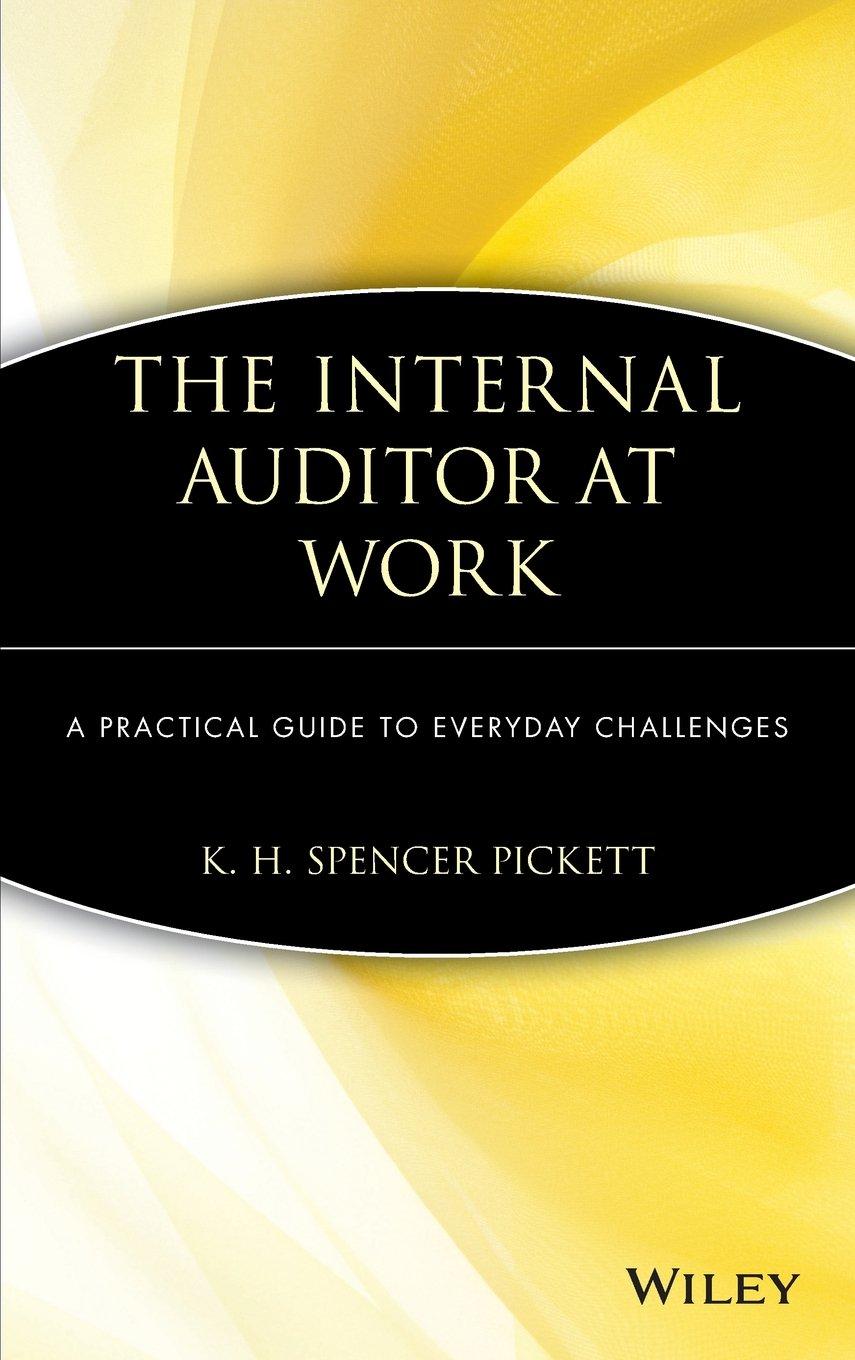Question
1) Brankov Company has current assets of $95,000 and current liabilities of $110,000. The company decides to issue stock and receives cash of $100,000. After
1) Brankov Company has current assets of $95,000 and current liabilities of $110,000. The company decides to issue stock and receives cash of $100,000. After this transaction, the company's current ratio will be: (Round your final answer to two decimal places.)
A) 1.77. B) 1.86. C) 0.91. D) 0.86.
2) Which of the following lists the accounts in order of liquidity?
- Furniture, Cash, Accounts Receivable, Inventory
- Cash, Inventory, Accounts Receivable, Furniture
- Cash, Accounts Receivable, Inventory, Furniture
- Furniture, Cash, Inventory, Accounts Receivable
3) If adjusting entries are not prepared, which financial statements are misstated?
- balance sheet only
- income statement, balance sheet and statement of retained earnings
- income statement only
- statement of retained earnings only
4) The normal balance of the Accounts Receivable account is a _____________because it is a(n) _______
________account.
A) credit; expense B) debit; stockholders' equity
C) credit; liability D) debit; asset
1
5) The following accounts and balances are taken from Evan Company's adjusted trial balance:
| Accounts Payable | $10,00C |
| Accounts Receivable | 3,000 |
| Accumulated Depreciation | 1,400 |
| Depreciation Expense | 1,500 |
| Dividends | 2,400 |
| Insurance Expense | 2,300 |
| Interest Revenue | 1,240 |
| Prepaid Insurance | 2,320 |
| Retained Earnings | 10,500 |
| Salary Expense | 24,100 |
| Service Revenue | 37,800 |
In the closing process, which accounts are credited?
- Depreciation Expense, Insurance Expense, Salary Expense, Prepaid Insurance
- Accounts Receivable, Prepaid Insurance, Salary Expense
- Depreciation Expense, Dividends, Insurance Expense, Salary Expense
- Interest Revenue, Service Revenue
6) In what order are the financial statements generally prepared?
- income statement, statement of retained earnings, and balance sheet
- balance sheet, income statement, and statement of retained earnings
- income statement, balance sheet, and statement of retained earnings
- statement of retained earnings, balance sheet, and income statement
| 7) The left side of a T-account is always the: A)ecrease side. |
|
|
| A) credit side. B) debit side. |
|
8) The revenue principle requires that a business record revenue when the business:
- receives an order from a customer.
- receives payment from a customer.
- delivers goods to or performs services for a customer.
- prepares the invoice for the customer.
9) Which of the following transactions includes a credit to cash?
- receipt of cash from a customer when service is provided
- the payment of an accounts payable
- the collection of cash from an accounts receivable
- the purchase of supplies on account
10) The major types of transactions that affect retained earnings are:
A) revenues and liabilities. B) paid-in capital and common stock.
C) revenues, expenses, and dividends. D) assets and liabilities.
Step by Step Solution
There are 3 Steps involved in it
Step: 1

Get Instant Access to Expert-Tailored Solutions
See step-by-step solutions with expert insights and AI powered tools for academic success
Step: 2

Step: 3

Ace Your Homework with AI
Get the answers you need in no time with our AI-driven, step-by-step assistance
Get Started


